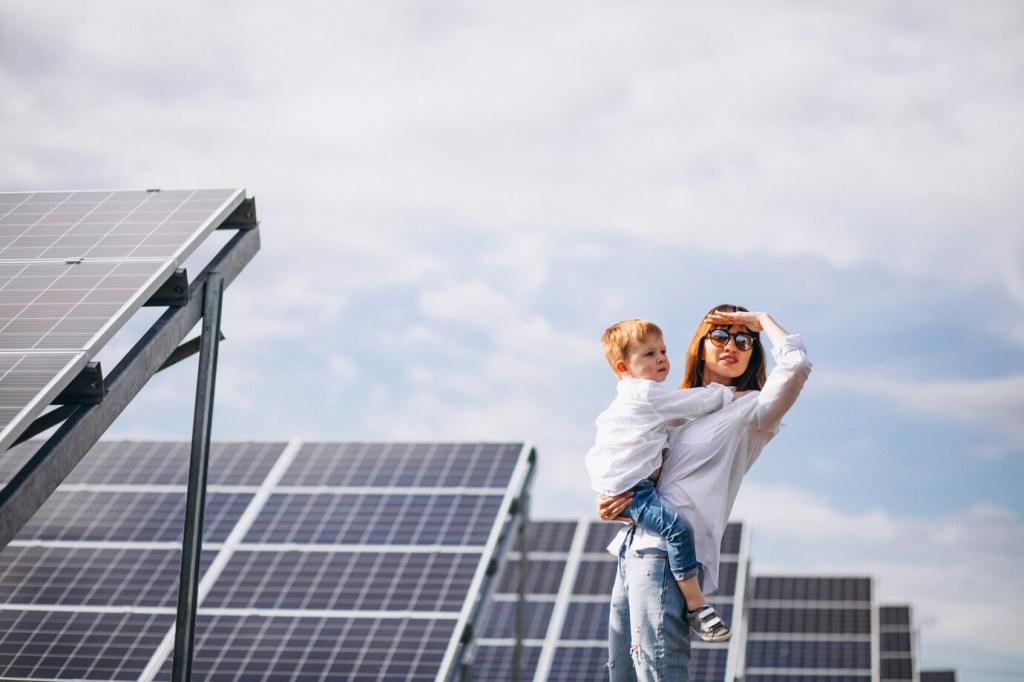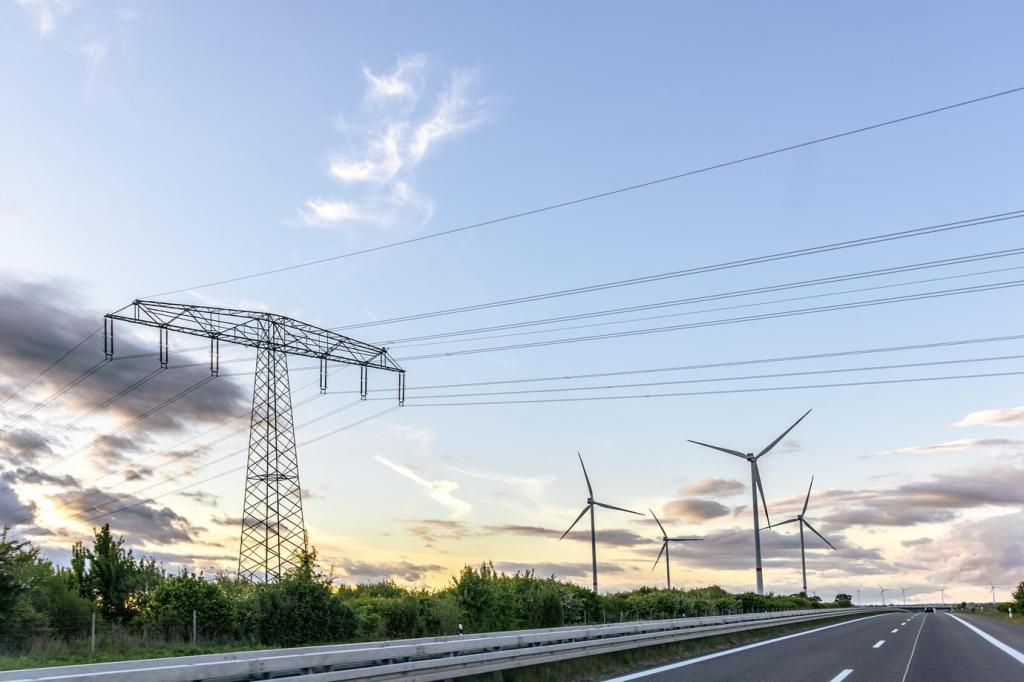Smart Thermostats for Eco-Friendly Living: Make Every Degree Count
Chosen theme: Smart Thermostats for Eco-Friendly Living. Discover how intelligent temperature control can cut energy waste, lower emissions, and keep your home cozy. Stay for stories, science, and tips you can use today. Subscribe for weekly greener-home insights.
Why Smart Thermostats Matter for Eco-Friendly Living
Cutting energy waste, not comfort
By matching heating and cooling to real occupancy and weather, a smart thermostat avoids the classic problem of conditioning empty rooms. Comfort stays steady, while wasteful cycles, overheated nights, and forgotten settings quietly disappear behind the scenes.


Real numbers, real impact
Independent field studies often report 10–15 percent savings on heating and cooling after installation. Translate that into fewer kilowatt-hours and fewer pounds of CO2, and you feel the benefit twice: in your wallet and in cleaner neighborhood air.


Getting Started: Installation, Compatibility, and Setup
Confirm compatibility with your heating and cooling equipment, especially if you have heat pumps, multi-stage systems, or older boilers. Identify the common wire, label existing leads, and take a clear photo before disconnecting anything to prevent mistakes and frustrating rewiring later.
Getting Started: Installation, Compatibility, and Setup
Decide what eco-friendly living means for your home: a specific kilowatt-hour reduction, a monthly budget target, or a carbon goal. Input preferred temperature ranges, schedule modest setbacks, and enable energy reports so your thermostat can coach you toward realistic, measurable progress.
Smarter Schedules: Geofencing, Sensors, and Learning
Geofencing that actually works
Enable geofencing on everyone’s phones, set a sensible radius, and add a buffer for late trains or surprise errands. The result is simple: fewer hours heating an empty place, and a welcoming home that starts warming or cooling only when you are headed back.
Room-by-room sensing and zoning
Pair remote sensors or zoning dampers to balance temperature where people actually are. A nursery, home office, or frequently used den can get priority while lesser-used rooms drift a little. Comfort rises, runtime falls, and your energy report suddenly looks pleasantly boring.
Adaptive learning vs. rules you control
Learning algorithms predict your patterns; rules give you visible control. Blend both. Start with learning enabled, then layer fixed limits for nights, weekends, and vacations. Vote in our poll: do you prefer algorithmic suggestions or rock-solid schedules with occasional manual tweaks?

Winter playbook: setbacks that save
Try a gentle overnight setback of 2–4 degrees, then pre-warm before you wake. Avoid big swings that force long recovery burns on very cold mornings. If you have a heat pump, enable intelligent defrost controls and lock in lower aux heat usage for steady efficiency.
Summer strategies: humidity and airflow
Set slightly higher temperatures paired with lower humidity. Use the thermostat’s dehumidification and circulate air with ceiling fans for perceived coolness at fewer compressor minutes. Schedule pre-cooling before peak rates, and share your best balance between comfort and kilowatt-hour savings in the comments.
Shoulder seasons: ventilation-first mindset
Open windows during mild hours and let the thermostat relax. Use fan-only cycles for fresh air without unnecessary cooling or heating. Create an automation that pauses conditioning when outdoor temperature falls inside your comfort band. Tell us your favorite spring evening cross-breeze routine.
Data, Privacy, and Trust
Typical data includes temperature readings, runtime, humidity, device health, and optional occupancy or location signals. These metrics power savings insights and troubleshooting. Read your model’s privacy summary so you understand why each data point exists and how it supports eco-friendly living.
Data, Privacy, and Trust
Disable unnecessary third-party integrations, require two-factor authentication, and set household-level permissions so kids cannot change vacation modes. If available, choose local processing for presence detection. Review data export options quarterly and prune devices you no longer use. Peace of mind also saves energy.




Beyond the Thermostat: Integrations for Greener Homes
Teach routines like goodnight scenes that set modest setbacks and turn off lights, but avoid constant temperature tinkering by voice. Fewer manual changes let learning algorithms stay effective. Share your favorite single command that saves energy without sacrificing that bedtime cozy feeling.
Beyond the Thermostat: Integrations for Greener Homes
Create an automation that pauses conditioning when doors or windows remain open for five minutes. Tie blinds to afternoon sun to reduce heat gain, and resume gentle cooling only when needed. Post your best recipe so others can copy, test, and improve it.
